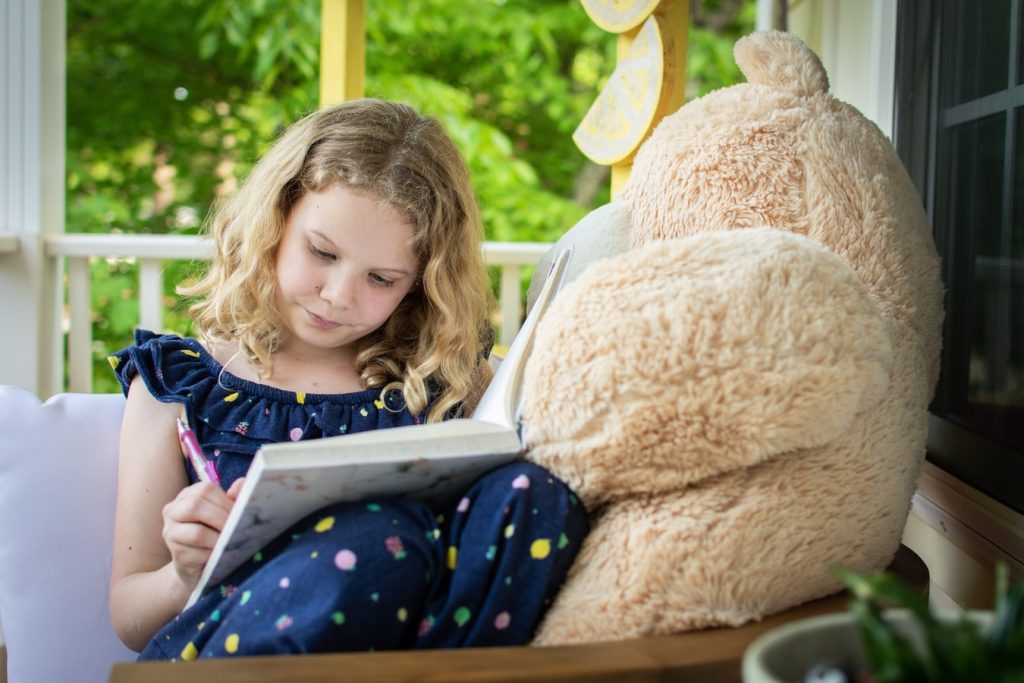The joy which a child feels when he or she first begins to read fluently is a wonderful thing. It’s also wonderful to observe and many parents are keen to see this happen as soon as possible. This junior school in Surrey believes each child should be encouraged to develop at their own pace and with encouragement given in the right way, their confidence will soon grow. The fact is that some children are ready before others – learning to read is a highly individual journey. Just as some children have strong social skills naturally, others are shyer and take longer to pick up the confidence required to socialize well. Reading is similar – some children have already developed the necessary skills by age 4. Others just need a little longer in which case these top tips for teaching your child to read might help.
Patience is key. Remain patient and ensure that your child’s early experiences with books are positive ones.
Reading to your child is essential
Even the smallest babies enjoy being read to. Make reading stories part of your child’s routine.
One, two or three books per evening before bed are a wonderful way to wind down and prepare for sleep. As children grow, they will develop preferences and begin to request favourite stories. Always give them some choice – it helps keep their interest alive.
Visits to the library are also vital. Allowing children to look at and touch as many books as possible is a good way to help them see different styles of story and perhaps books you wouldn’t have chosen yourself.
Writing is reading
Most small children love scribbling with pens or crayons. Help them on their first steps towards reading by helping them copy out their own name. Once they can do this, move on to other people’s names or the names of their favourite things. As they learn to write the letters, so they will begin to retain the order in which the letters go and the sounds they make. Then they can try their hand at creative writing.

Letters and words everywhere
Words are everywhere and once a curious child realises this, they will soon be trying to read everything in sights! Point out the words on signposts, cereal packets and clothing. Help your child to sound out the words – this is more interactive than sitting down and looking at a page and some children respond well to it. Another idea is to use salt dough or plasticine and help your child to form the letters themselves. Painting them afterwards is great fun if you use salt dough…you can even bake them in the oven and keep them. Remember that reading should be fun! Keep things light and enjoyable and your child will soon develop the necessary skills to read alone.

